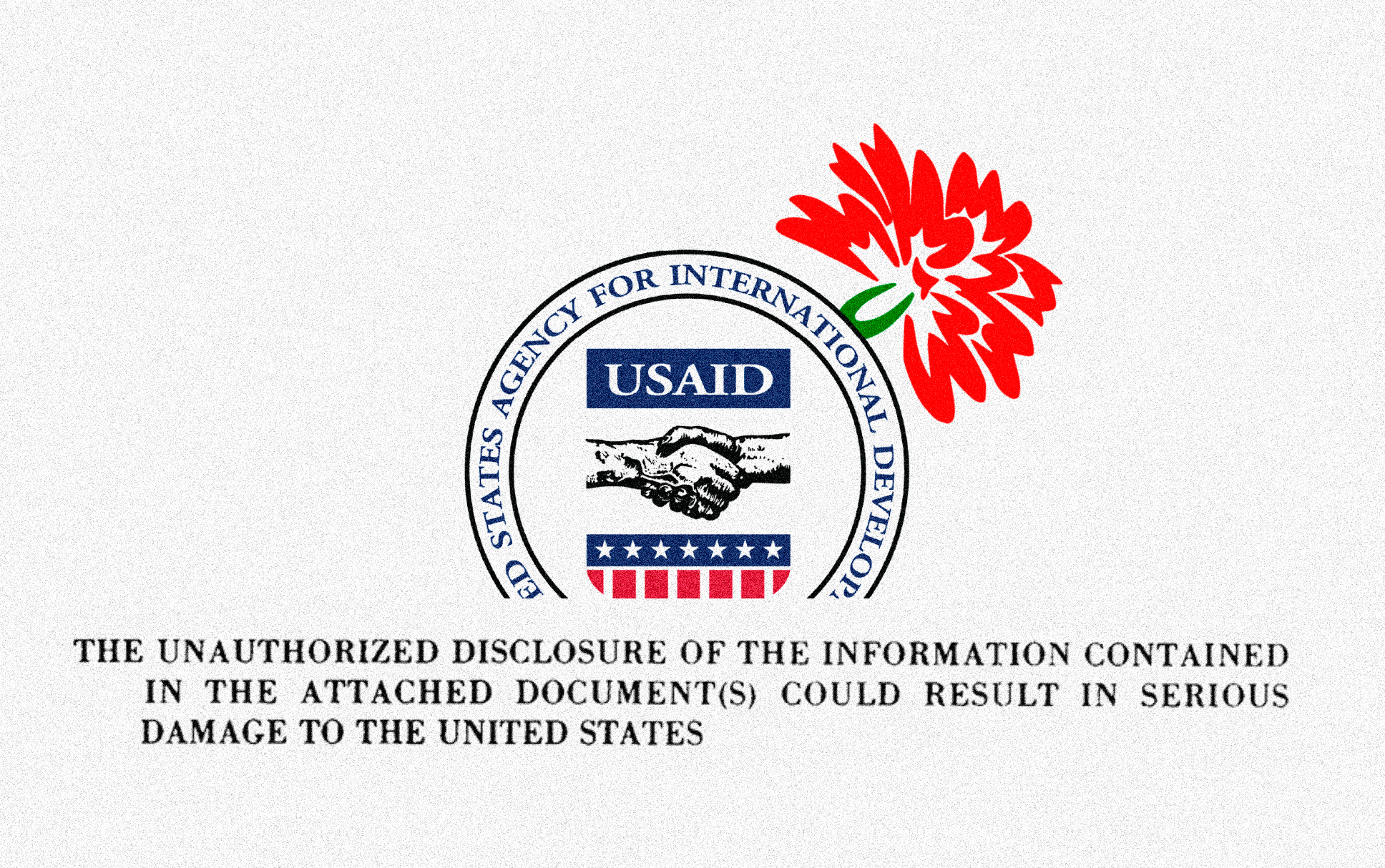
Between 1975 and 1989, the primary U.S. intelligence agency leveraged various financial assistance programs to shape Portuguese democracy and prevent the country from falling under Soviet influence. Here’s how.
The involvement of the Central Intelligence Agency (CIA) in Portugal is widely acknowledged. In fact, it was primarily thanks to this magazine’s founder, Philip Agee, that Western civil society gained insight into the inner workings of the operation of the “Agency” on Portuguese soil.
However, while the public—particularly the generation that witnessed the collapse of the dictatorship and the unfolding of the revolutionary process—has a general awareness of CIA intervention in the country, few can precisely identify the individuals or institutions responsible for this interference.
This is exactly where CovertAction Magazine once again plays a pivotal role.
Following the dissolution of the United States Agency for International Development—better known by its initialism USAID—journalists and researchers have dedicated time and effort to understanding why this organization and its affiliated entities are frequently accused of operating as CIA fronts.
They quickly concluded that, beneath the veil of an alleged humanitarian mission, more profound—and substantially more pernicious—geopolitical interests were at play, designed to reshape international politics in line with the strategic objectives of the self-proclaimed “great exporters of democracy”: the United States.
Adelante Portugal
It is worth recalling that, during the Ongoing Revolutionary Process (Processo Revolucionário em Curso, PREC), Portugal was seen as a kind of ideological barometer. Between the mid-1970s and early 1980s, the country became one of the most significant—and turbulent—stages of diplomatic contention in Western Europe. While Portugal had broken free from authoritarian rule, it was also grappling with a series of structural weaknesses that demanded urgent resolution.
Political instability, economic crisis, endemic underdevelopment, and the complex reintegration of the retornados (returned colonial settlers) were among the most pressing concerns of the time.
Faced with the vulnerability of the newly installed democratic regime, both the U.S. and the USSR saw a unique opportunity to advance their respective agendas and consolidate their spheres of influence in the Atlantic region. Were it not for the shrewdness and courage of certain figures within the Armed Forces Movement (Movimento das Forças Armadas, MFA), the country might have been reduced to a mere pawn in the service of one—or both—superpowers.
Although Portugal gradually charted its course, there is no denying the determination with which the U.S. sought not only to exploit the weaknesses of a nation just emerging from obscurantism, but also to replicate a modus operandi similar to the one it had employed in Latin America years earlier.
The golden rule of good journalism dictates that one should begin with the most recent event. However, if the aim is to understand how USAID colluded with the CIA, it becomes essential to step back in time and scrutinize the available historical records.
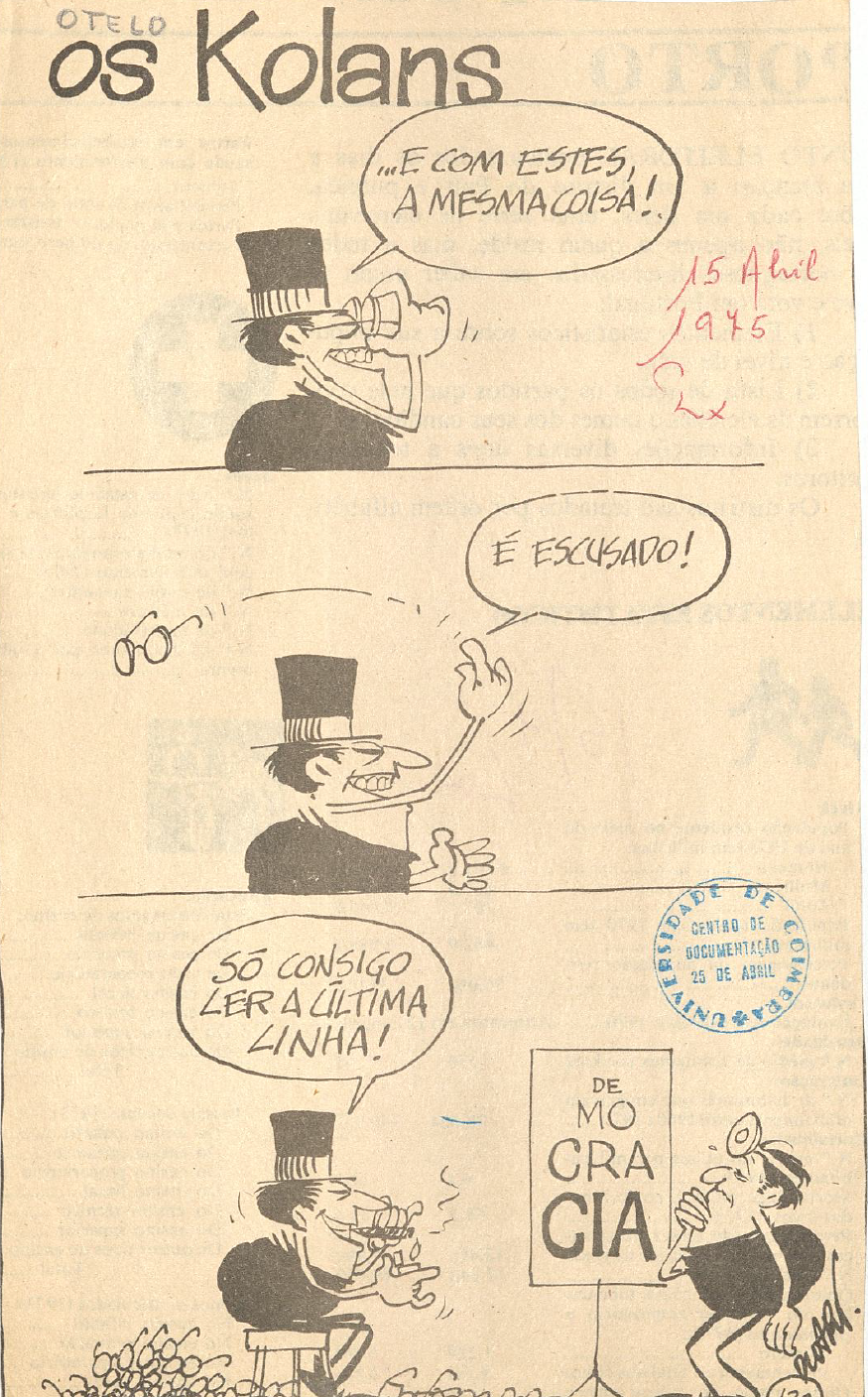
A White House memorandum dated February 13, 1964, outlined a coordinated strategy by the U.S. government, in which USAID worked closely with the CIA, the State Department, and the Department of Defense on counterinsurgency operations, psychological warfare, and the training of foreign personnel. This document unequivocally reveals an institutionalized symbiosis that blurred the lines between humanitarian aid and covert security operations—all within a geopolitical landscape deeply marked by the ideological tensions of the Cold War.
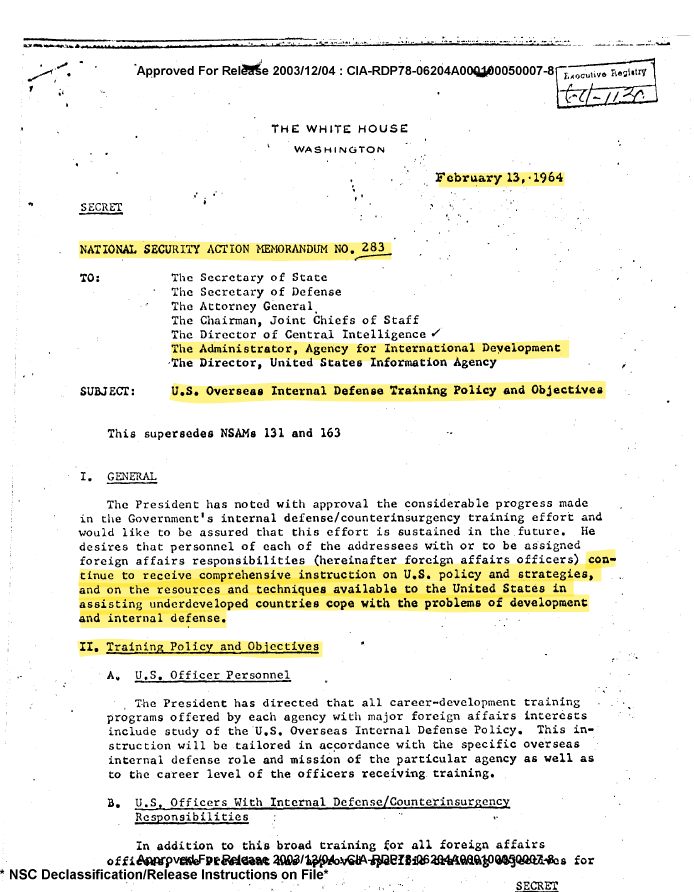
Move over, or lose your place
It was only later—in the aftermath of the Carnation Revolution—that the plan would be implemented in Portugal. This implementation only became feasible due to the apparent failure of the European Community (EC) to negotiate a financial assistance program based on real, identified needs. The blame, however, did not lie solely with our European partners; it fell largely on the Portuguese government itself, whose inability to present “truly viable proposals” proved decisive.
In a diplomatic telegram sent by the U.S. mission in Brussels to the State Department in January 1975, it was emphasised that, “unlike the U.S., the EC could only act upon specific requests for cooperative assistance” and that it “lacked budgetary funds to finance projects.” The stage was thus set. The EC’s ineffectiveness, coupled with the political instability sweeping Portugal, presented the perfect opportunity for the United States to shape the country to its liking, transforming it into a strategic beacon within Western Europe.
As time passed and Portugal leaned increasingly to the left, American paranoia grew in equal measure. The “specter” of communism, far from being a mere ideological abstraction, was seen as a tangible threat—omnipresent in the minds of nearly all U.S. officials stationed on Portuguese soil. Action, therefore, became imperative.
Though the support of then-Ambassador Frank Carlucci for moderate political forces—particularly the Socialist Party (PS), led by Mário Soares—is well-documented in historical accounts, Washington’s intervention in socio-economic spheres remains, to a large extent, less visible, often relegated to a mere footnote.

After Philip Agee publicly exposed the CIA’s activities in Portugal—including the revelation of several stationed agents’ identities—the American intelligence agency was compelled to restructure its operations in Lisbon. This reorganization involved the appointment of a new station chief, a new operations officer, and two new communications officers.
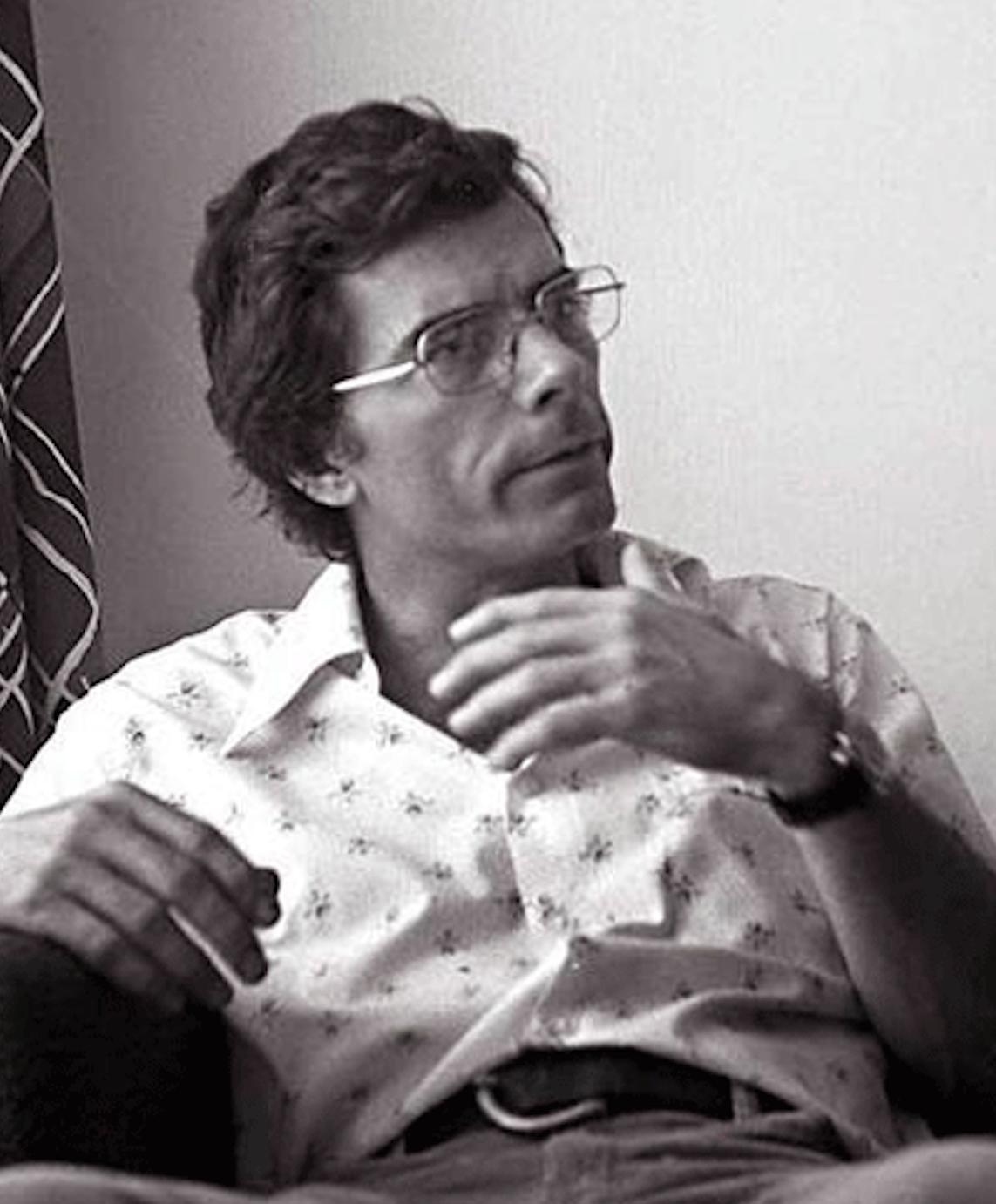
David D. Whipple, a 53-year-old veteran with more than a quarter-century of service in American espionage, had an extensive background in covert operations. Between 1958 and 1961, he served as a police adviser, operating under the cover of an employee for the International Cooperation Administration—the predecessor to… USAID.
If this institutional overlap was revealing in itself, it only gained true public resonance following the recent dissolution of USAID—an event that has sparked and continues to generate fierce controversy. After all, why were its employees trained specifically to wage “psychological warfare” and sabotage the efforts of communist forces? Is this kind of preparation not excessively sophisticated—not to say blatantly inappropriate—for an agency that proclaims itself to be humanitarian in nature?
Let us then examine what the Summary of the Economic and Social Cooperation Program between Portugal and the United States (1975-1989) reveals on this matter:
The objective of this extraordinary program of economic cooperation between Portugal and the United States of America was to demonstrate clear, firm, and tangible support for the consolidation of democratic institutions and processes emerging after the Revolution of April 25, 1974, as well as to provide economic and social benefits to the Portuguese population, with a particular focus on rural and structurally disadvantaged regions of the country.
If there were still any doubts about the true purpose of USAID’s presence in Portuguese territory, a screenshot shared by former Strategic Defense Information Service analyst Alexandre Guerreiro—taken from an official document relating to the work carried out by the federal agency—could hardly be more revealing:
As stated by the Mission, the primary objective of U.S. economic assistance was to strengthen moderate political forces, demonstrating—together with other Western European countries—that close association with the West offered the best hope, not only for the development of free and democratic institutions but also for addressing the country’s most pressing economic needs. As the communist threat diminished by late 1975, U.S. objectives shifted slightly, focusing instead on supporting the consolidation of a democratic government oriented toward greater integration with Western Europe.
In plain sight
Although the CIA enlisted a considerable number of European countries—most notably West Germany—to fund so-called democratic forces, the truth is that such operations gradually began to attract unwelcome and embarrassing public scrutiny. Faced with this growing exposure, there was no alternative but to turn to more sophisticated mechanisms of political and financial support, concealed behind seemingly independent institutions—such as foundations, trade unions, and partisan initiatives—to maintain the essential “plausible deniability.”
This strategy was shrouded in such secrecy that not even the U.S. government itself had full knowledge of its structure and operations. In a document classified as SECRET/SENSITIVE, drafted by diplomat Mark Palmer in 1982, the following can be read:
Next time a Portugal is ready for political change, we will not need to rely primarily on German foundations to ensure a pro-Western, politically organized democratic alternative in the face of a potential communist takeover.
Source: Secret/Sensitive Memorandum from the U.S. Department of State (July 30, 1982).
What Mark Palmer did not know—or feigned ignorance of with a calculated and convenient naivete—was that the United States was far from uninvolved in this process. On the contrary, it intervened directly, persistently, and systematically to bring it about. Given the following excerpt, it is reasonable to assume that Palmer—young, yes, but already an experienced diplomat—may have been genuinely surprised by the veil of secrecy surrounding covert operations carried out by his administration:
The CIA’s current efforts in political support are but a pale shadow of the programs carried out in the 1950s and remain, by nature, constrained by their clandestine character. Only the AFL-CIO runs programs of any significance, albeit limited to supporting trade unions and labor leaders.
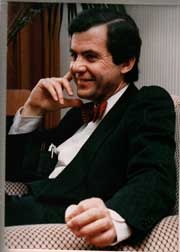
It must be emphasized, however, that the AFL-CIO was itself CIA funded—a fact this publication has addressed on multiple occasions. We will return to this point later.
By channeling resources through ostensibly non-governmental organizations, the U.S. managed—at least formally—to distance itself from CIA operations while simultaneously curbing the growing influence of the USSR. The goal was to institutionalize this strategy on a global scale, lending subsequent efforts a veneer of legitimacy—in stark contrast to the covert nature that had previously defined them.
However, the essence of the intervention remained fundamentally unchanged. The only difference lay in the rebranding of the entities responsible for its execution, as well as the fact that operations were no longer conducted under the formal guise of a covert mission.
In this new framework, the U.S. began using USAID as the front for a broader and more sophisticated program, which would come to include at least two other organizations well-known for their ties to the world of espionage: the National Endowment for Democracy (NED) and the American Federation of Labor and Congress of Industrial Organizations (AFL-CIO).
Down with the “Evil Empire”
Given the CIA’s poor reputation and the successive scandals in which it was repeatedly embroiled, the United States National Security Council (NSC) found itself compelled to intervene—and did so decisively. Following a presidential directive dated January 14, 1983, the NED was established under the NSC’s auspices, with the declared purpose of “promoting democracy worldwide.”
However, its creation was a deliberate attempt to circumvent legislative restrictions that, at the time, limited the activities of U.S. intelligence agencies.
The various organizations that make up NED enabled—and continue to enable—the channeling of public funds to political parties, trade unions, associations, and elites of differing ideological leanings, fostering the appearance of political pluralism and social diversity. Yet this is a carefully constructed illusion designed to deceive the unwary. Why? Because, as a private non-profit initiative, NED is not subject to the Freedom of Information Act (FOIA), meaning its activities evade public scrutiny and democratic oversight.
A report by the U.S. Government Accountability Office (GAO), dated March 14, 1991, revealed that, during inspections carried out in nine countries—Argentina, Belgium, Bolivia, Chile, France, Israel, Poland, Portugal and South Africa—it was only in Portugal that sub-grantees refused to provide information about their activities, the use of allocated funds, or access to financial records.
Though the exact reason for this refusal could not be determined, the document offers some clues — beginning with the involvement of the Free Trade Union Institute (FTUI), an organisation controlled by the AFL-CIO. Here is what the GAO had to say:
From our analysis of an FTUI labor project in Portugal, we concluded that the FTUI neither conducted an independent audit nor otherwise verified the use of $2.6 million in grants provided through the Endowment to a Portuguese trade union confederation since 1984. We visited the foreign sub-grantee in Portugal to verify programme activities and fund usage, but the union leaders refused to meet with us or provide access to financial records. We asked FTUI officials to assist us in contacting the union leaders and accessing documentation, but they were unable to persuade them to cooperate.
Source: U.S. Government Accountability Office / Report to Congressional Committees (March 14, 1991)
Given that NED functioned as a legal extension of the CIA, and that FTUI was under the control of the AFL-CIO—an organization with a long and well-documented history of collaboration with U.S. intelligence services—it is understandable that the leaders of the General Workers’ Union (União Geral de Trabalhadores, UGT), an anti-communist trade union confederation, feared the political consequences of public exposure of this funding. Such a revelation could have had delicate repercussions, both domestically and internationally.
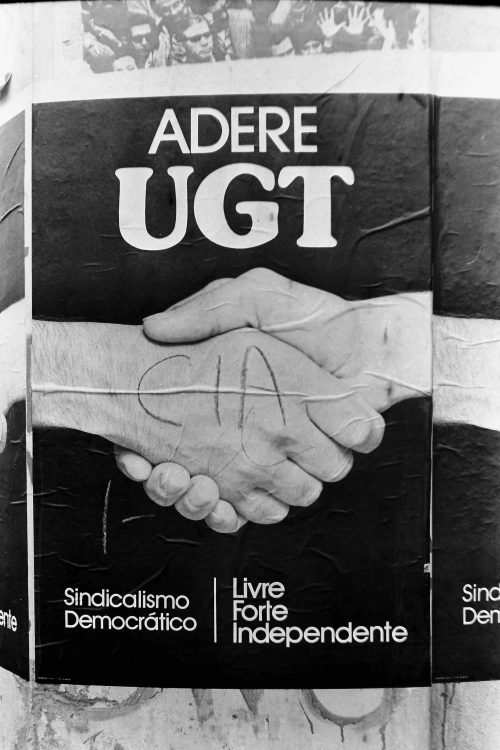
At this point, the reader may well be wondering: What does any of this have to do with USAID? The question is legitimate—and, to some extent, inevitable. One of the reasons this topic has been widely overlooked in Portugal lies precisely in the difficulty of establishing clear links between the various actors and events. When we examine the bigger picture, the complexity of the scheme becomes evident.
As far as can be ascertained, USAID operated on a fundamental principle: to align its assistance programs unequivocally with Washington’s strategic interests. The agency did not limit itself, as one might assume, to the mere distribution of funds, but instead took an active role in designing and overseeing operations, ensuring that partner organizations strictly adhered to the guidelines set by the NSC.
And they all lived happily ever after
As with all things in life, USAID’s involvement in Portugal eventually came to an end. Following the implementation of the 1976 Constitution and the gradual decline of communist influence in Portuguese society, there was no longer any reason to keep the door open. During its operations in the country, the federal agency invested approximately $1.2 billion—a considerable sum, especially given Portugal’s democratic transition and the economic hardships it faced at the time.
“So, did USAID’s intervention in Portugal achieve its purpose? Did it lift Portugal out of poverty, rebuild it, and breathe new life into the country?” No. Despite the relative stability achieved, structural problems persisted. A plausible explanation is that the ultimate objective was perhaps not to elevate the country, but rather to keep it safe from the communist “bogeyman.”
Considering that Portugal continued to face severe structural issues—from rampant unemployment to an economy overly dependent on foreign aid and international financing — the subsequent work fell to the aforementioned entities, with particular emphasis on NED and the AFL-CIO.
Another, lesser-known, organization was the Luso-American Development Foundation (Fundação Luso-Americana para o Desenvolvimento, FLAD). Established in 1985, this institution was tasked with continuing USAID’s work, focusing its efforts on strengthening key sectors of Portuguese society—namely the economy, science, culture and education.
Unlike its predecessor, FLAD managed to distance itself from the stigma attached to USAID, presenting itself to civil society as an upstanding and autonomous foundation. Though doubts remain regarding its nature, we still lack irrefutable documentary evidence proving it to be a CIA front organization.
Indeed, not even the fact that FLAD’s former administrator, Charles Buchanan, previously served as director of economic and investment programs in countries where USAID and CIA involvement is now publicly acknowledged—Argentina, Brazil, Peru, Guatemala and Portugal—is sufficient to conclusively link the foundation to the covert activities for which the U.S.’s primary intelligence agency is notorious.
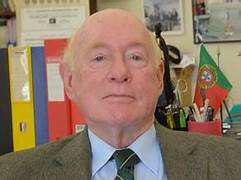
Yet it remains striking that the first three countries mentioned—Argentina, Brazil and Peru—were subjected to the direct and brutal intervention of Operation Condor, a clandestine coalition of South American military dictatorships, formally established in the very same year USAID began its operations in Portugal. To what end? To orchestrate the systematic repression of political opponents, particularly left-wing elements. Which entity provided technical, logistical, and financial support to the respective intelligence services? Precisely… the CIA. Sound familiar?
In essence, given USAID’s propensity—along with its subsidiaries—to act as a conduit for CIA operations, everything associated with it has been irrevocably tainted by suspicion. Now that the organization has been dissolved and its public archives rendered inaccessible, how can civil society reconcile itself with the undeniable fact that the world’s foremost global power actively and deliberately interfered in the course of Portugal’s history?
In this context, it becomes irrelevant to debate whether such intervention was well-intentioned or malign—what truly matters is to acknowledge, without evasion, that it constituted a blatant infringement upon the internal affairs of a sovereign nation.

CovertAction Magazine is made possible by subscriptions, orders and donations from readers like you.
Blow the Whistle on U.S. Imperialism
Click the whistle and donate
When you donate to CovertAction Magazine, you are supporting investigative journalism. Your contributions go directly to supporting the development, production, editing, and dissemination of the Magazine.
CovertAction Magazine does not receive corporate or government sponsorship. Yet, we hold a steadfast commitment to providing compensation for writers, editorial and technical support. Your support helps facilitate this compensation as well as increase the caliber of this work.
Please make a donation by clicking on the donate logo above and enter the amount and your credit or debit card information.
CovertAction Institute, Inc. (CAI) is a 501(c)(3) non-profit organization and your gift is tax-deductible for federal income purposes. CAI’s tax-exempt ID number is 87-2461683.
We sincerely thank you for your support.
Disclaimer: The contents of this article are the sole responsibility of the author(s). CovertAction Institute, Inc. (CAI), including its Board of Directors (BD), Editorial Board (EB), Advisory Board (AB), staff, volunteers and its projects (including CovertAction Magazine) are not responsible for any inaccurate or incorrect statement in this article. This article also does not necessarily represent the views the BD, the EB, the AB, staff, volunteers, or any members of its projects.
Differing viewpoints: CAM publishes articles with differing viewpoints in an effort to nurture vibrant debate and thoughtful critical analysis. Feel free to comment on the articles in the comment section and/or send your letters to the Editors, which we will publish in the Letters column.
Copyrighted Material: This web site may contain copyrighted material the use of which has not always been specifically authorized by the copyright owner. As a not-for-profit charitable organization incorporated in the State of New York, we are making such material available in an effort to advance the understanding of humanity’s problems and hopefully to help find solutions for those problems. We believe this constitutes a ‘fair use’ of any such copyrighted material as provided for in section 107 of the US Copyright Law. You can read more about ‘fair use’ and US Copyright Law at the Legal Information Institute of Cornell Law School.
Republishing: CovertAction Magazine (CAM) grants permission to cross-post CAM articles on not-for-profit community internet sites as long as the source is acknowledged together with a hyperlink to the original CovertAction Magazine article. Also, kindly let us know at info@CovertActionMagazine.com. For publication of CAM articles in print or other forms including commercial internet sites, contact: info@CovertActionMagazine.com.
By using this site, you agree to these terms above.
About the Author
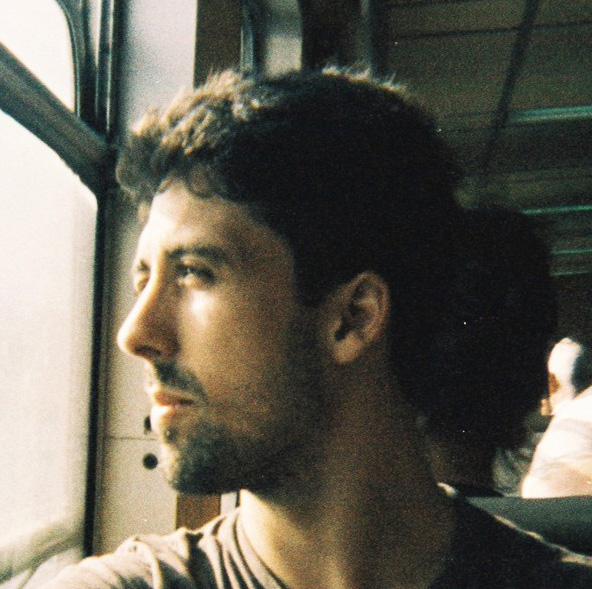
Rafael Baptista is a 24-year-old journalist from Portugal driven by an unwavering passion for storytelling.
Curious and determined, he has spent over four years specialising in Politics and Security, investigating the rise of the far right and clandestine foreign espionage in Portugal. Inspired by Ryszard Kapuściński, Martha Gellhorn and many others, he is constantly on the move in search of extraordinary stories that transcend time.
Rafael can be reached at rafael.baptista2000@gmail.com.
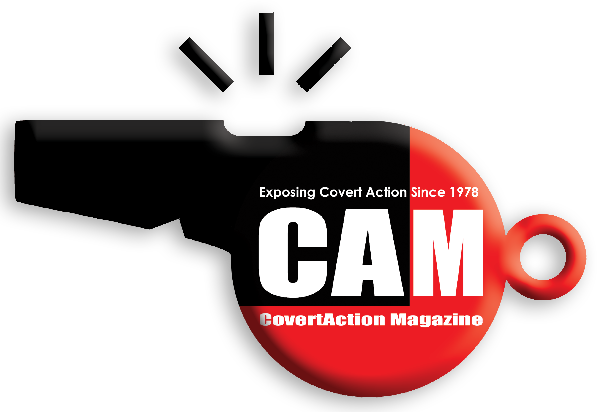

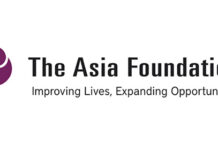

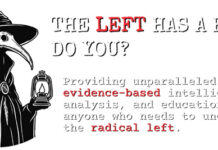

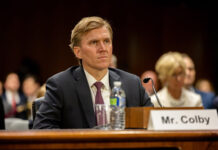
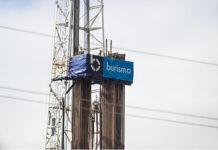

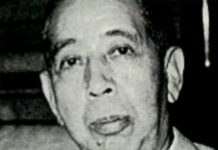
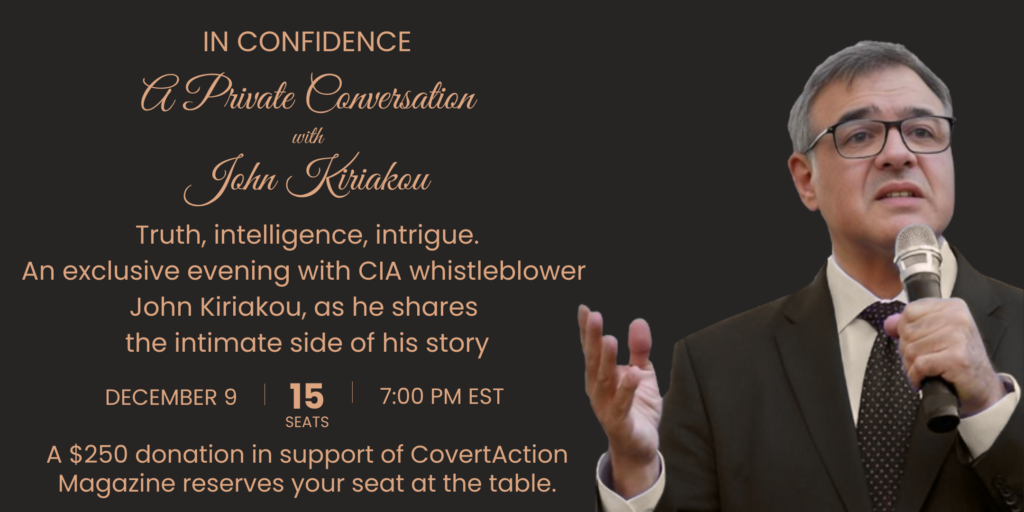
***
https://www.wsws.org/en/articles/2025/02/18/tvak-f18.html